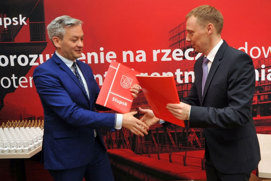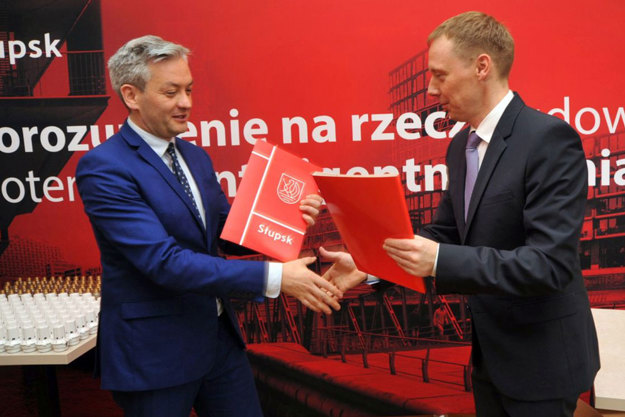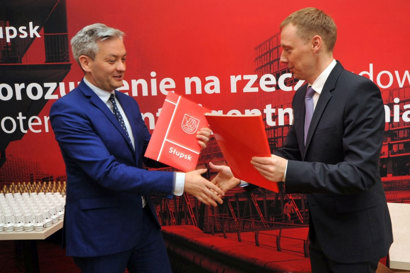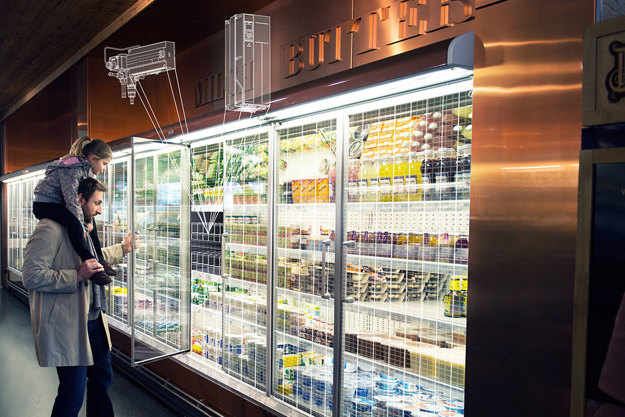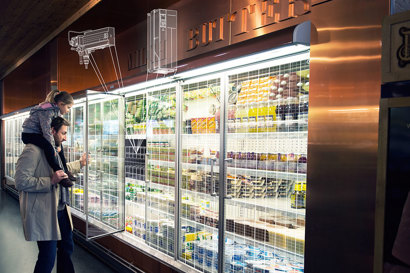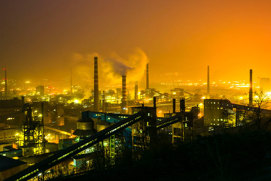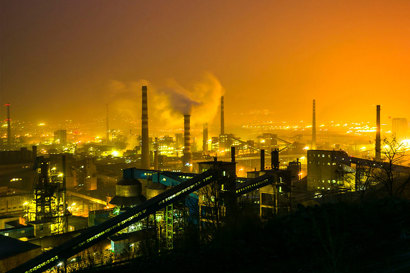-
if (isSmallPicture) {


 Danfoss Heating assists Nantes with massive reduction on CO2 emissions
Danfoss Heating assists Nantes with massive reduction on CO2 emissionsFRANCE: A new heating network makes the French city Nantes capable of reducing 17,000 tons of CO2 per year. The project takes place in several steps and includes schools, administrative buildings, a nursery and 7,400 residential apartments.
-
if (isSmallPicture) {


 First step towards smart city in Poland
First step towards smart city in PolandThe city of Słupsk and Danfoss have signed an agreement to build a vision for the city as smart and highly energy-efficient. First step taken.
-
if (isSmallPicture) {


 10 ready-made solutions for more energy efficiency
10 ready-made solutions for more energy efficiencyLet’s give you some great examples on how to cut energy consumption with smart technology. Like building flexible supermarkets.
-
if (isSmallPicture) {


 Crushing the data center challenge
Crushing the data center challengeGLOBAL: Data centers currently use nearly 3% of the world’s electricity - as much as Great Britain - and emit as much CO2 as all the world’s airlines combined. We have the technology to cut down data centers’ electricity consumption and use their surplus heat for heating homes.
-
if (isSmallPicture) {


 The lost city of Benxi is back on the map
The lost city of Benxi is back on the mapCHINA: A few years ago, Benxi was suffocating in smog. Today, the capital of Chinese steel industry can breathe again. Implementing a district heating system will reduce the annual coal use by 198,000 tons.




